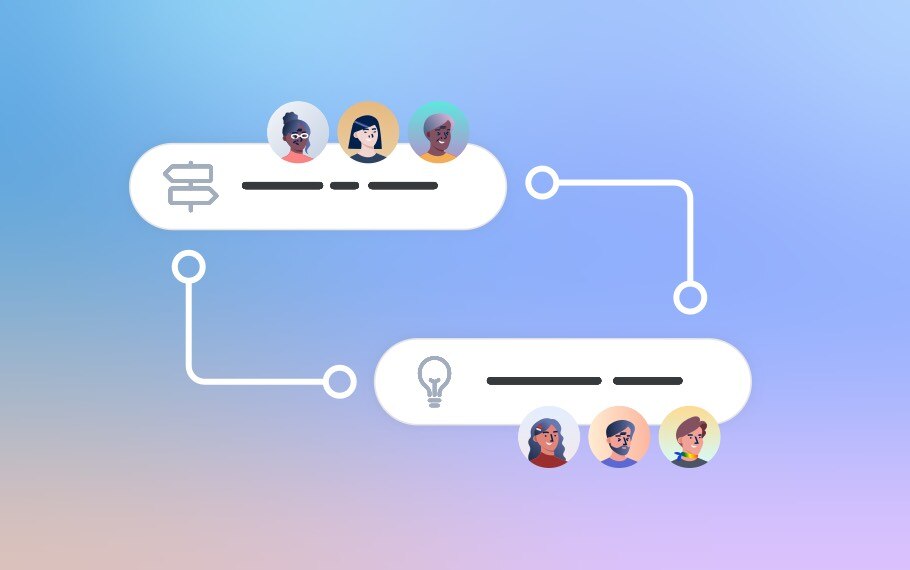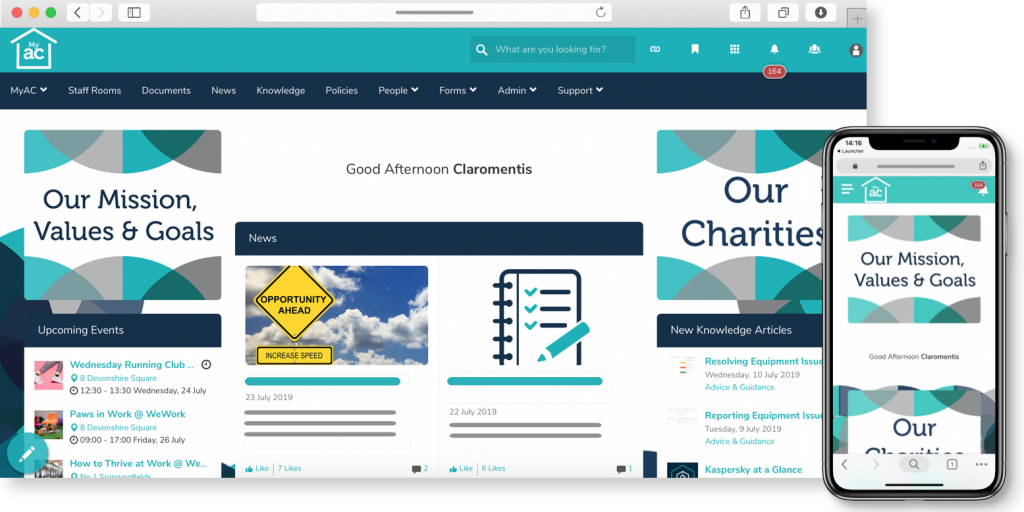If you’re just starting out with a Learning Management System, you’re in good company. More and more businesses are moving their corporate training to the digital sphere, and it’s showing no signs of slowing down.
Indeed, between 2019–2020, LinkedIn Learning saw their number of enterprise learners more than double. In addition, 79% of L&D professionals expect to spend more on online learning in 2021, and 73% expect to spend less on instructor-led training (ILT). The future, it seems, is in the hands of cloud based LMS platforms.
However, if you’re scratching your head and asking “What is a Learning Management System?”, then you need to read our recap below:
Learning Management System (LMS) definition
A Learning Management System – often shortened to LMS – is a piece of software that makes it possible for businesses to move their learning online. An LMS is an organisation’s gateway to digital training content such as courses, quizzes, webinars, videos, and virtual events, as well as reporting tools and analytics.
Learning Management Systems differ from ILT in various ways, beyond the fact that learning programs take place online rather than in-person.
- Staff can revisit training materials at any time: Unless you’re particularly studious or love taking notes, ILT is a “blink and you’ll miss it” way of learning. Training content is delivered in real time by a tutor, with no remit for referring back to it at a later date, meaning it’s easy to forget. In fact, research shows that within 24 hours, people will have forgotten 70% of the new information they learned. A Learning Management System, on the other hand, provides staff with 24/7 access to all training materials, so they can revisit it as often as they need.
- Staff can learn at their own pace: Because training content is hosted online on a Learning Management System, staff can take a more flexible approach to their personal development. This means they can learn at their own pace, whenever they feel most inspired, engaged, or alert.
- Remote teams won’t be at a disadvantage: Traditional classroom-based teaching might be OK if everyone works in the same office. But this is 2021, where remote and hybrid working are becoming the norm. Using a Learning Management System ensures that all teams – whether office-based or remote – have an equal advantage in improving their personal development.
What are examples of Learning Management System features?
Now that you understand the basics of what a Learning Management System is, let’s take a deeper look into some LMS feature examples that you could use in your own training programs:
1) Personalised learning tools
Everyone’s personal development plan is different. Modern Learning Management Systems should include personalisation features that allow you to create tailored learning content for each individual, to support them in their unique learning goals.

Personalisation features in the Claromentis LMS
2) Online learning content
Learning content can take many forms, and your Learning Management System should allow you to host multiple types including videos, slides, reading materials, training events, and quizzes. You could also integrate with third-party LMS tools, such as SCORM courses, to centralise all learning content within your own digital workplace environment.
3) Training courses
Of course, no worthy Learning Management System would be without online training courses. These are the core of your teams’ personal development plan, providing the bulk of the information that staff need to expand their knowledge.
4) Course authoring tools
Being able to build your own training courses and quizzes is an essential feature of a Learning Management System. Course authoring tools allow you to do just that, and should include customisable elements such as multiple choice questions and rich-text landing pages.
5) Real time feedback
When staff take a training course, they should receive real time feedback on their progress, including pass or fail alerts. This will help staff understand how they’re performing, and if they need to seek any additional support.
6) Gamification elements
According to a survey by Capterra, 70% of respondents claimed gamification led to an increase in scores. That’s because gamification elements – such as points, badges, and progress bars – heighten people’s engagement levels by tapping into their innate desire to progress and improve. So if you’re looking to switch to a Learning Management System, make sure it includes gamification features.

The Claromentis Badges app (above) is a great example of gamification
7) Reporting
And finally, it’s important that managers can keep track of how their teams are performing so they can offer support, monitor trends, and make ongoing improvements to their training programs. Reporting and analytics tools are therefore a key feature of Learning Management Systems, providing managers with the insights they need to understand their learners’ progress.



